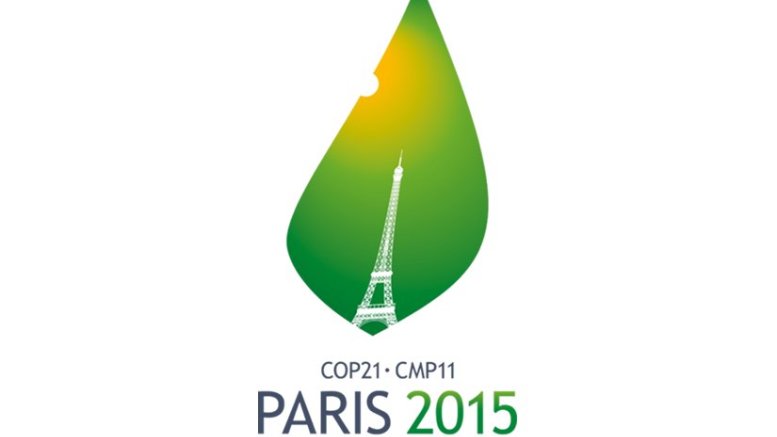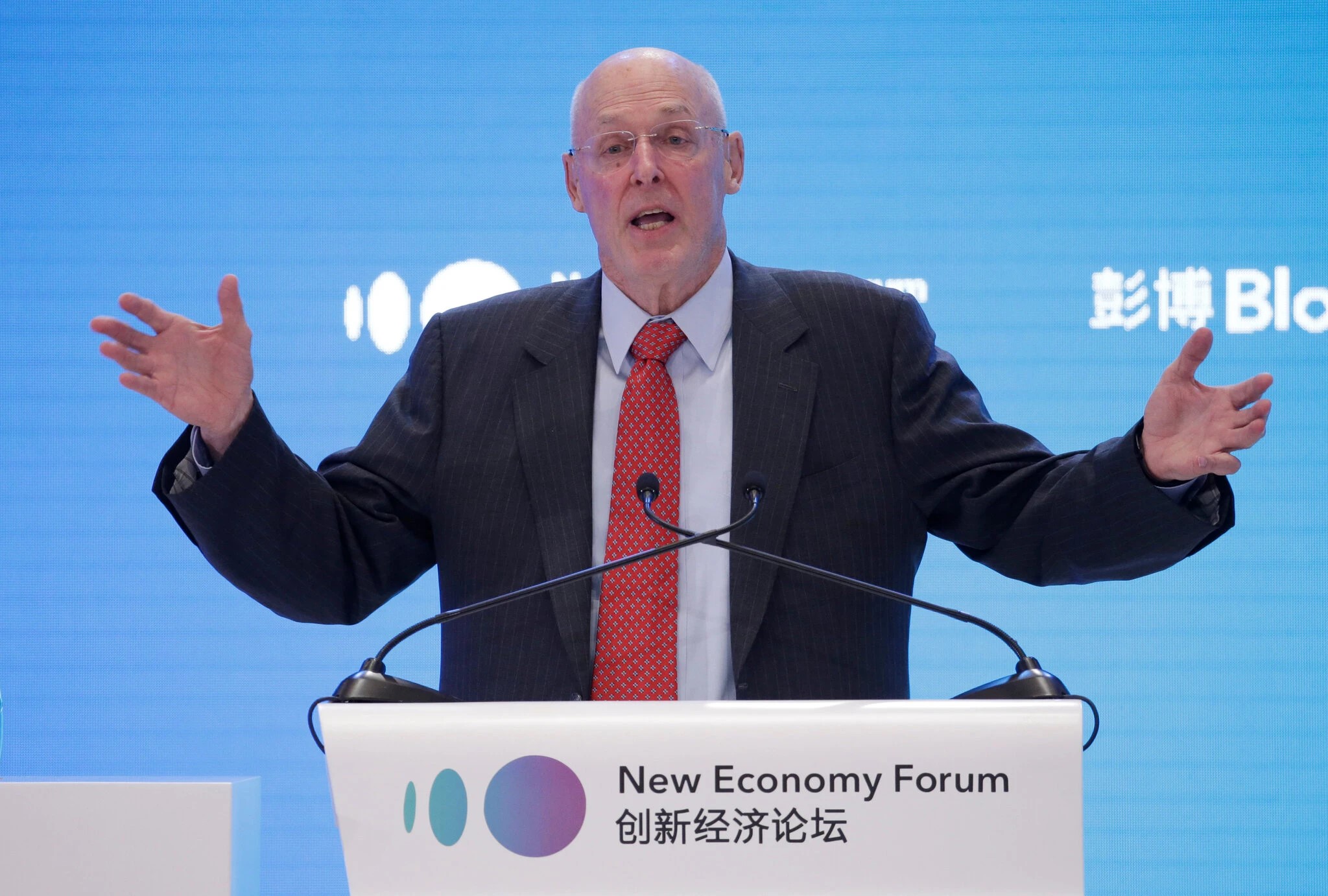This past December, governments of the world met in Paris to negotiate aglobal climate agreement. It’s considered a breakthrough. Here’s why.
Until now, climate agreements were “top-down,” giving countries targets and timetables for reducing climate-warming carbon emissions. The Paris agreement, by contrast, allows governments to come up with their own emissions reduction plans. Every five years, governments meet to review how well each country has done in meeting its pledges. This “bottom-up” strategy is a remarkable departure from the conventional top-down approach.
But for this bottom-up strategy to work, governments must be willing to invest heavily in climate mitigation. Most research on climate change treats it as a global collective-action problem (as Scott Barrett detailed in 2008). Individual nations must take on the expense and effort of reducing emissions — but the benefits spread throughout the globe. Governments are therefore tempted to take a “free ride” by reaping the benefits of others’ efforts without reducing their own emissions. As a result, everyone suffers from climate change.
So how can a bottom-up strategy based on decentralized action work?
Renewables: The $300 billion question The most important reason for optimism is that nations around the world have been investing heavily in technologies that offer renewable energy — wind turbines, solar panels, biomass and so on. In 2014, those global investments reached $270 billion. China led the pack, investing $83 billion in wind turbines and solar panels. The United States was the distant second, investing $38 billion, especially in wind energy. Indonesia, Chile, Mexico and Kenya invested more than a billion dollars each. The investment boom comes in large part because the cost of renewable electricity generation has decreased rapidly. However, companies will keep investing in these technologies only in nations with government policies that support the growth of renewables. Because polluting fossil fuels are still mostly cheaper than renewables, clean energy requires subsidies or similar policies. [Wondering what’s different about the Paris climate change conference? Here’s what you need to know] Are governments ready for the challenge? Recent political science research shows that renewable energy investments allow governments to both realize their national environmental goals and reap political gains by distributing resources to politically powerful groups. For governments, renewables are a political winner Governments of all kinds like renewables because they help the environment and, at the same time, make influential constituencies happy. In a recent article, we show that democratic governments in particular are likely to adopt ambitious, effective renewable energy policies when their electoral institutions give rural voters a lot of influence through what political scientists call malapportionment. [Here’s what political science can tell us about the Paris climate deal] Malapportionment means that some votes are more valuable than others. In rural electoral districts, there are few voters per representative, so the political value of each vote is very high. Malapportionment doesn’t always help the environment; it simultaneously results in lower gasoline taxes and less support for climate agreements. But in this case, it helps. When rural voters are powerful, governments can put in place a “feed-in tariff” (FIT) policy. Such a policy forces electric utilities to pay more for renewable electricity. Most sources of renewable energy, such as wind and solar farms, rely on large tracts of land. Because farmers have a lot of land, they are well-positioned to take advantage of the FIT. They use their land to install wind turbines and solar panels, and the FIT makes these investments profitable. Among those who follow these policies, Germany is well-known for its generous feed-in tariffs. In December 2013, the Financial Times reported on German farmers who “reap benefits of harvesting renewable energy,” noting how the German FIT guarantees that landowners with tracts large enough to host renewables will get two decades of profits. In 2014, Germany generated 27 percent of its electricity from renewables. Clean technology enthusiasts consider that evidence of a “wildly successful” policy. Other countries use different policies. In the United States, the federal government offers a tax break to renewable energy producers and the states make renewable energy mandatory for electric utilities. In China, the FIT is but one of many policies, such as investment subsidies and tax breaks. Such policies — and profits — grow their own supporters, as one of us has shown. For example, when a wind turbine manufacturer profits from generating renewable electricity, that manufacturer becomes an advocate for still more government subsidies for renewable electricity generation. Over time, as these new advocates become more powerful, the government has strong backing for its clean-energy policy and less reason to back down. Of course there’s a cost. According to detractors, such as the Economist, “Handing out enormous long-term subsidies to solar farms was unwise; abolishing nuclear power so quickly is crazy.” Researchers at RWI Essen, a German economic research institute, warn that the German FIT has pushed up residential electricity prices, hurting poor households. These critics point out that when the FIT forces electric utilities to buy expensive renewable electricity, they pass on the extra cost to consumers. So it’s a trade-off Subsidizing those who produce renewable energy has a good side: Governments can make reliable policies that will help reduce emissions year after year. However, these policies are often so expensive that they make economists cringe. The challenge, then, is to keep down the costs of renewable energy policy while still pushing the booming clean technology industry to innovate. Escalating costs could result in political backlash. In the long run, the runaway political success of renewables may be the worst enemy of the clean energy revolution. Patrick Bayer is assistant professor (lecturer) in international relations at the University of Glasgow. Find him on Twitter @pol_economist. Johannes Urpelainen is associate professor of political science at Columbia University. Find him on Twitter @jurpelai.




